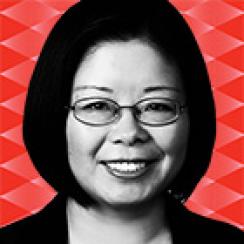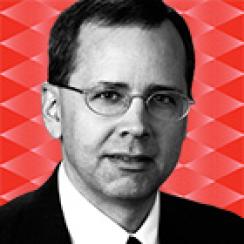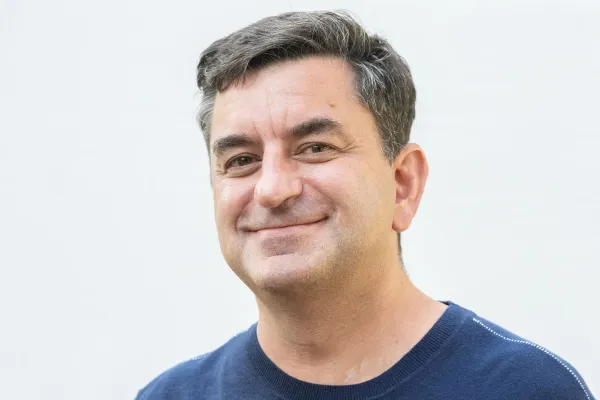< The 2016 All-Asia Research Team


Tao Wang, Duncan Wooldridge & team
UBS
First-place appearances: 4
Total appearances: 23
Team debut: 1994
UBS is the only firm whose economics team has appeared on the All-Asia Research Team in an unbroken streak since the survey was launched, in 1994. This year it fields an eight-strong group that rises from third place to second under the guidance of China specialist Tao Wang and regional economist Duncan Wooldridge. “They not only do a good job laying out trends and issuing forecasts in clear and understandable language,” says one admirer, “but also play a key role supporting the work of the firm’s credit strategists.” These researchers believe that China will drag regionwide real gross domestic product expansion down from 5.3 percent in 2015 to 5.2 percent this year and 5.1 percent in 2017. Wang, 48, forecasts that growth in Asia ex-Japan’s largest economy will slow to 6.6 percent this year, down from 6.9 percent in 2015, then slip to 6.3 percent for 2017. Although Chinese housing sales commenced the year on a positive note — largely as a result of a strong, government-led credit expansion — inventory remains high, she advises, and the benefits from policy support are temporary and likely to run their course later this year. Moreover, since the global financial crisis, the nation’s debt dynamics have worsened in the “medium term after a large increase in domestic leverage,” Wang points out. She and her colleagues expect inflation in China to pick up this year, which should forestall any cuts in interest rates through 2016. Outside China they are projecting that economies across the region will decelerate, with the biggest slowdowns seen in “smaller, more open economies,” reports Wooldridge, 54. The area is likely to falter for a third consecutive year, with real GDP growth slipping to 4.0 percent, down from 4.6 percent in 2014, and sharply below the precrisis trend. Even countries with more robust dynamics, such as India and Indonesia — whose respective economies are increasing output by 7.4 percent and 4.7 percent annually, he notes — are predicted to pull back modestly. Overall, these countries continue to face headwinds from high domestic debt levels and chronically weak exports. In combination with low inflation, these factors will likely prompt policymakers to lower interest rates nominally, the analysts contend. Yet because the U.S. Federal Reserve is expected to raise rates again in the second half of this year, they foresee a limit to how much Asian central banks can “lean against” the Fed, says Wooldridge. This should be particularly challenging for Hong Kong, whose economy UBS predicts will gain only 1 percent this year; officially, it expanded by 2.4 percent in 2015. The outlook for Asia ex-China “remains one of moderating economic growth for the region over the next year or two,” he concludes, “which makes profit growth more challenging.”





